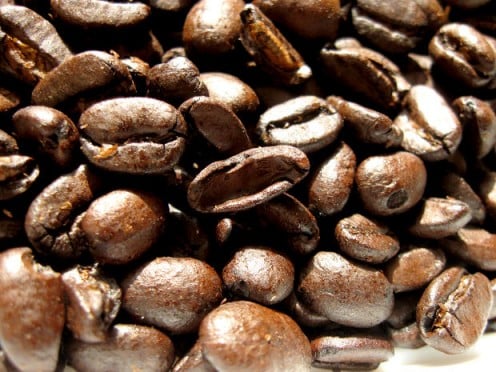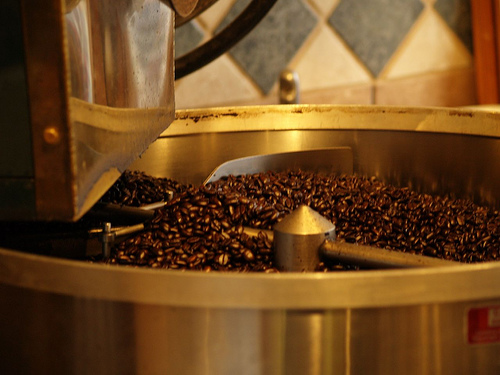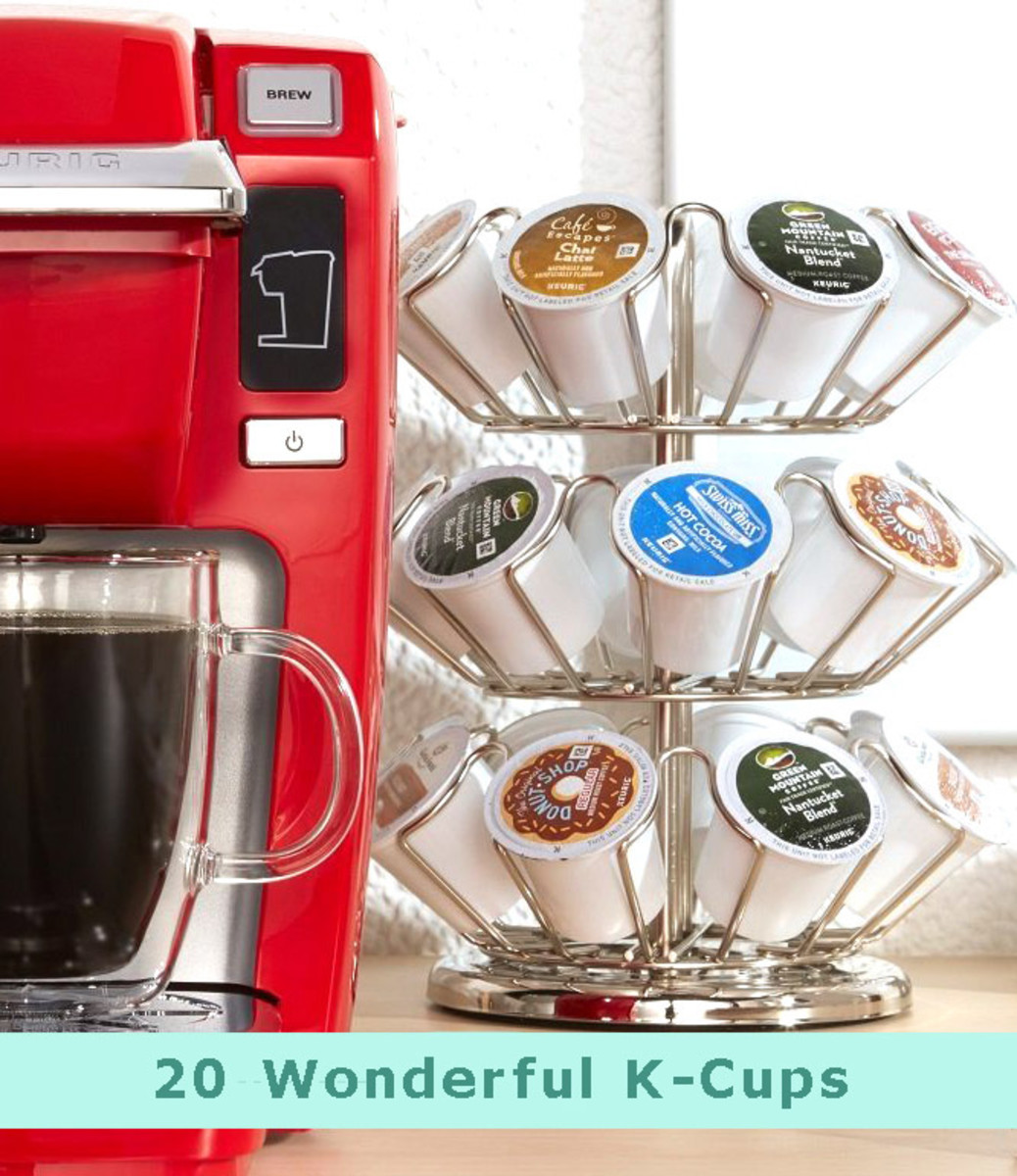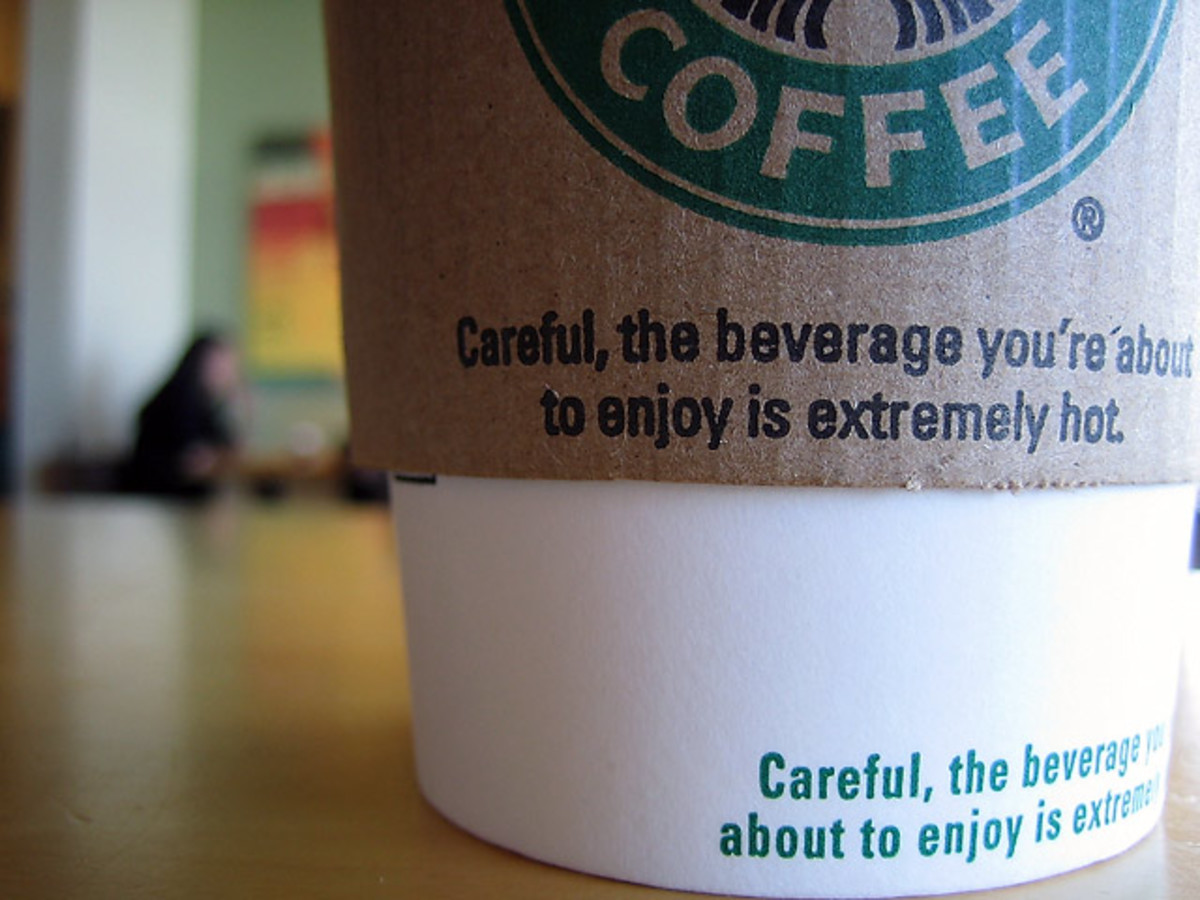How to Choose the Perfect Coffee
Roasted Coffee Beans

When discussing different types of coffee, there are many variables that come into play. True coffee conneseurs know where their favorite coffees are grown and how they have been roasted. Different growing regions affect the beans in relation to weather, growth season and soil. Two identical trees grown in differing regions will produce coffee beans with different qualities and tastes. In many cases, coffees are blended to achieve a specific taste. A true coffee aficionado will need to understand the differences between beans from specific regions as well as roasting techniques.
Arabica vs. Robusta
In the grand coffee scheme Arabica beans are the cream of the crop while Robusto beans are considered more common or lower grade. Here are a few differences between the two.
Arabica
These plants are more delicate overall with a high sensitivity to temperatures and higher vulnerability to pests. They grow better in the tropics and sub-tropics at higher altitudes, generally not more than 100 miles from the equator. Arabica beans are much more flavorful than the Robusta and the roasted beans have a slightly sweet smell. Arabica beans have slightly less caffeine than the Robusta beans.
Robusta
The Robusta plants are hardier and can tolerate climates and soil conditions that are less favorable. Most of this type of coffee bean is grown in Africa and Asia. This type of bean is considered an everyday roast and is used in most brands of coffee found at the supermarket. They beans can smell burnt with a nutty undertone. Many people have compared the smell to that of burnt plastic or rubber.
Kona Coffee from Hawaii
Jamaican Blue Mountain Coffee
Growing Regions
The next thing to consider is the region where the coffee beans were grown. Each region imparts distinct characteristics upon the beans. Here is a brief breakdown of the three main growing regions.
Africa and Arabia
This region produces some of the most distinct coffee flavors, and includes coffees from Ethiopia, Tanzania, Zimbabwe and Kenya. These coffee beans are grown in rich fertile soil at just the right altitude with cool nights and hot days. This perfect growing environment produces legendary coffees. A very nice gourmet coffee from this region is St. Helena Coffee. This unique coffee is wet processed which gives it the qualities that have made it quite popular over the last decade.
The Pacific Region
The islands in the Pacific provide a wonderful climate where some of the best coffees in the world are grown. Pacific Region coffees are from areas such as: Sumatra, Sulawesi, New Guinea and Java. The tropical local offers rainy nights and hot, humid days that combine for a fantastic growing region. Kona Coffee, grown in Hawaii is a gourmet coffee that has a sweet full bodied flavor that is smooth with a hint of chocolate aftertaste.
The Americas
Coffee beans from this region are grown in the mountains with virtual rainforest climates. The beans are some of the most well balanced and aromatic off all coffees. This region features coffees grown in Guatemala, Costa Rica, and Columbia. A popular gourmet coffee from this region is the Jamaican Blue Mountain that is said to be a superior full bodied coffee that is extremely smooth.
Coffee Roaster

Understanding Coffee Roasts
Light Roast – These beans will be roasted just until the “first crack” of the bean, usually only minutes. The light roasted beans are light brown and dry with a higher acidity, giving the taste of toasted grain.
Medium Roast – These beans will be sweeter than the light roasts and have more body with balanced acidity. They will be a milk chocolate color with a dry outer surface.
Full Roast – These beans will be roasted until the “second crack” which is said to denote the fully developed coffee. They will be a dark brown color and have a slight sheen as the oils start to rise to the surface. This roast gives a heavier body with less acidity and will taste slightly spicy with a possible bittersweet flavor. There might be a hint of smokiness as evidence of the full roast.
Dark Roast - These beans are roasted until they begin smoking as the sugars within the bean begin to carbonize. There will be a dark chocolate color with a very oily appearance. The flavor will be smoky sweet with very little acid. There may also be a burnt flavor and the coffee will be more noticeably bitter. This roast will completely dominate the flavors, almost masking the subtle flavors of the beans origins.
There are two ways that coffee can be decaffeinated. The first way is by using a chemical solvent to remove all caffeine before roasting the beans. The chemicals disappear during the roasting process. The other method is by the Swiss water process where the beans are steamed and the caffeine is scraped from the outer layers. Once the coffee bean has been decaffeinated it is then roasted as any other coffee bean.
World's Most Expensive Coffee
Kopi Luwak Coffee
Best Coffee in the World
It is difficult to name the ‘best coffee in the world’ since taste is a subjective and individual thing. On the other hand, the most expensive coffee in the world has got to be the best, right? The most expensive coffee in the world is known as Kopi Luwak. This rare coffee comes from beans digested by the Luwak, or a mongoose like animal that lives in tree tops in Indonesia. The luwak eats the coffee cherries and nibbles off the outer fruit layer. The bean then runs through the digestive tract of the animal where subtle chemical changes occur within the bean itself. The beans are then collected from the luwak excrement, cleaned and lightly roasted. The end product is a coffee that is rich and full bodied with no bitterness and just a hint of chocolate and caramel.
A pound of this rare coffee bean will run somewhere in the neighborhood of $300 per pound. Sure makes those coffee house specialty coffees look a little more reasonably priced.
Respect the Bean
Once the perfect bean has been chosen it is time to brew and enjoy. It is important to remember that a wonderful coffee can be reduced to a mediocre drink with mishandling and improper brewing standards. One should take the time and effort required to make better coffee. The beans deserve it.










